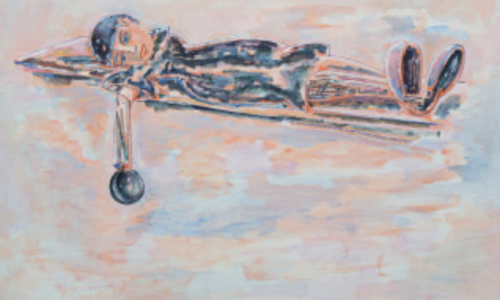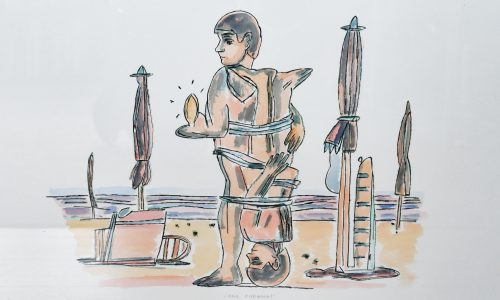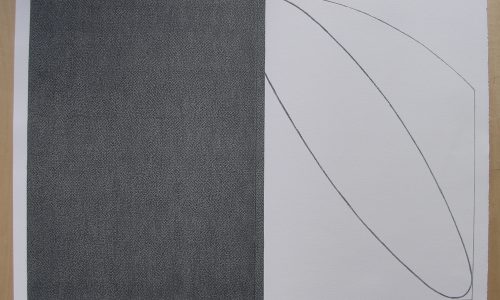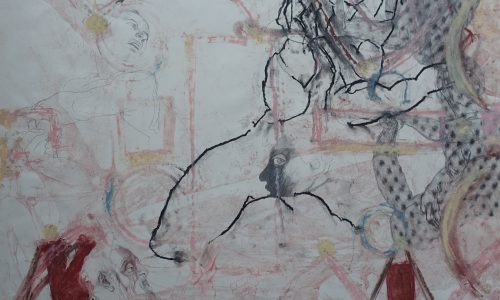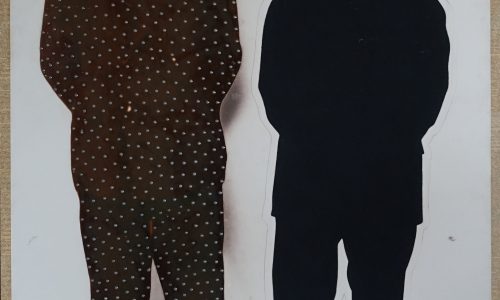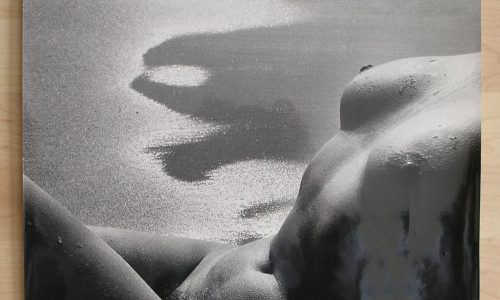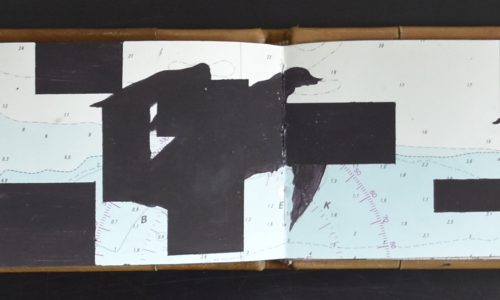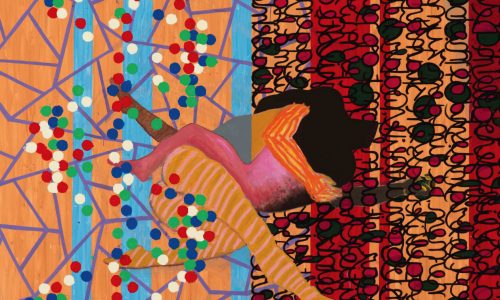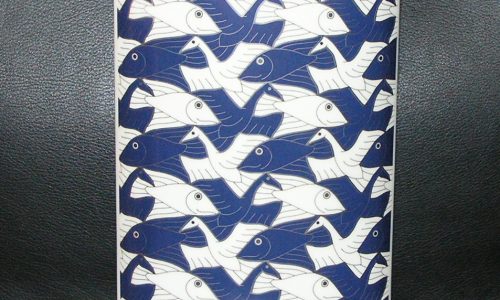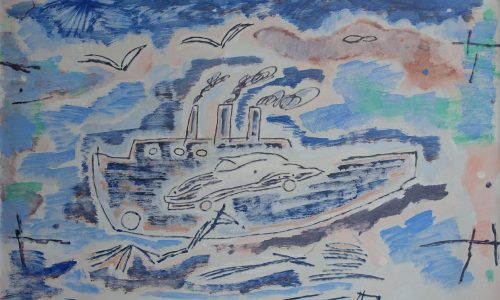
Last month i sold one of the two available copies of the Boijmans Christopher Williams catalogue and I started to study it more closely when I started packing it. I liked these photographs and started to read about Christopher Williams.
Christopher Williams grew up surrounded by the film and television industries, which would inform his future artistic production. His father worked in Hollywood as a special effects artist. As a child, Williams met filmmaker Oskar Fischinger in the German émigré’s home studio, where he first saw flip books and abstract animated films. In the late 1970s, he studied at the California Institute of the Arts (CalArts) under the first wave of West Coast Conceptual artists, including John Baldessari, Michael Asher, and Douglas Huebler. He went on to become one of his generation’s leading Conceptualists, exploring ideas and their political implications through the structures of contemporary photographic practice. He is currently professor of photography at the Kunstakademie Düsseldorf, one of Germany’s oldest art schools, which educated such artists as Joseph Beuys, Gerhard Richter, and Sigmar Polke.
Deeply invested in the histories of photography and film, Williams has produced a concise body of work that furthers a critique of late capitalist society and the ways that it is supported and ruled by marketing and media images. The works in MoMA’s collection belong to his major photographic project For Example: Dix-huit leçons sur la société industrielle (For Example: Eighteen Lectures on Industrial Society) (2003-ongoing). The project takes its title from French sociologist Raymond Aron’s 1962 book which compares modes of production in Fordist capitalism (a model based on industrialized mass production and consumption) and the Soviet planned economy (a model based on a centralized system of state ownership). Williams puts photography itself at the core of the project, featuring numerous images of precision optics—including sectioned cameras, lenses, analogue darkrooms, and light meters—isolated against pristine backgrounds, like fetish objects. Taken together, these pictures of cameras and photographic accoutrements suggest a series of lessons covering the conditions of the spread of advertising and the modernizing impulses of industrial society in the aftermath of the Cold War.
For Example: Dix-huit leçons sur la société industrielle also includes pictures of tires, chocolate bars, apples, and female models—emblems of the consumer culture of mass-media society—reflecting Williams’s fascination with Pop art and German painting of the early 1960s, which often pictured these items with ironic and critical overtones. This ambivalence is also reflected in his pictures, which emulate regular advertisements but include tiny yet deliberate imperfections, such as the moles and laughing lines on a model’s face, which are not retouched or airbrushed as in a regular ad. Employing a film director’s approach, Williams has spent the past 35 years pursuing an artistic practice that examines the theoretical and political history of photographic technology in the larger political terrain.

Like this:
Like Loading...


























































